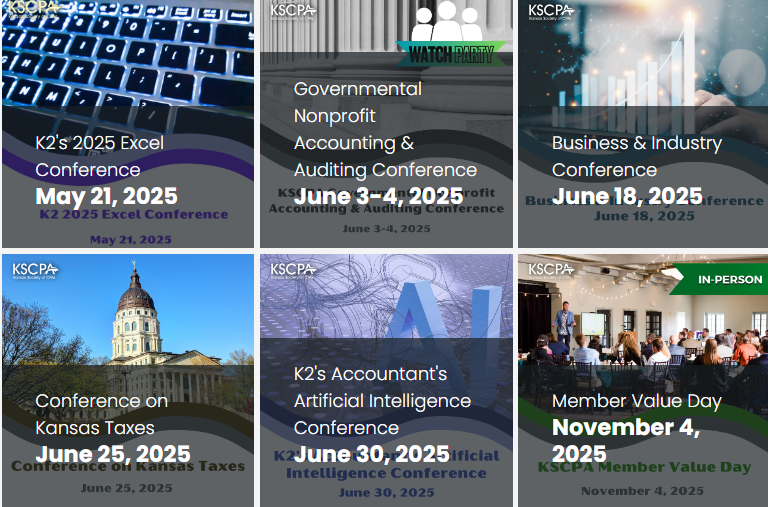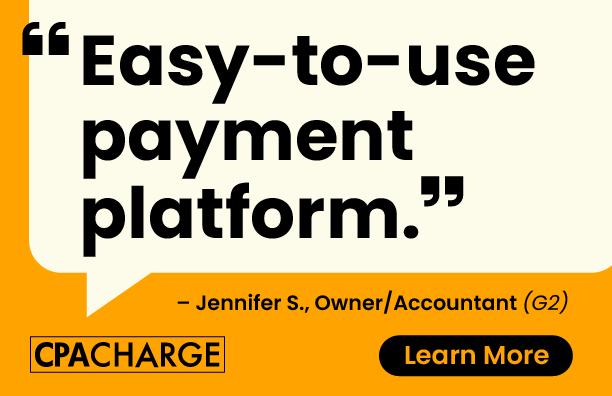
June 15, 2023
Who is the person most responsible for your career success? It’s you!
It’s imperative to take ownership of your career trajectory. You need to care more about your career advancement than anyone else. This is especially true with the constant, rapid change in the marketplace today.
Don’t leave it to chance. Think of your career as a business and guess who’s the CEO? It’s you!
Here are four steps to act as the CEO of your career. You will find these steps beneficial no matter what career stage you’re in, whether you are a recent graduate or experienced professional.
The late hall of fame baseball player Yogi Berra was known for his unique handling of the English language. My favorite “Yogi-ism” packs a powerful message as you think about your career: “If you don’t know where you’re going, you’ll end up someplace else.” Like a CEO does for his or her organization, establish a clear and compelling vision for your career.
Vision answers the question, “Where are you going?” Your vision describes the destination you want to reach at a point in time in the future. You probably already have the vision within you. If you haven’t already done so, take time for exploration and discovery. Here’s another way to discover your career vision. Look five, 10 or even more years into the future. Where do you see yourself working, and what do you envision doing then?
Formulate a brief statement that captures your vision, including a timeframe for when you want to arrive at that point. Here are a few examples: My vision is to become a partner in my firm within seven years. By 2028, I will become CFO of a nationwide nonprofit organization. I will launch my own business in the next 10 years.
Once your vision is clear, identify the competencies needed to reach that career destination. If you’re in public accounting, your firm may have a competency model that describes what is expected at each level of leadership. If you serve in business, industry or the nonprofit sector, your organization may have established leadership competencies. For example, one of my healthcare clients created a list of 12 such competencies, divided into three categories: people leadership, business leadership and self-leadership.
If your employer doesn’t provide a competency model, develop your own. With your career vision in mind, research what makes people successful in those roles. Interview people who are doing what you aspire to do in the future. Explore how they are changing and what it will take to be successful in the future. Consider current shifts in workplace models and incorporate competencies that enable you to thrive in that environment.
Approach individuals within your organization as well as outside of it to gain a broad perspective. Ask what skills are essential to their present work, as well as those they anticipate will be important in the future. Then build a list of the top five to 10 competencies you need to develop.
Based on your list of competencies, determine how you can gain mastery in those areas. Create a plan that combines formal and informal approaches to build your knowledge and skills over time. Education, training, coaching and mentoring are a great start. Add personal study and research by listening to podcasts, reading books or taking online courses.
The best learning comes by doing, so seek opportunities to develop new skills on the job. For example, leading meetings is a crucial skill that becomes grows in importance as you advance to new levels of leadership. If you don’t have experience leading meetings, ask if you can lead a portion of an upcoming team meeting. Also, volunteer for stretch assignments to gain exposure to different areas and to learn new skills.
Be sure to balance your interests with the business needs of your employer or the organization you hope to join. Don’t let your job performance suffer as you develop skills that will help you further down the road. Do your current job with excellence to build support for future advancement.
Make your career ambitions known. Get your boss on your side. Demonstrate your increased value to the team as you learn and grow. Identify other influential leaders within your organization who can support your development. One of my coaching clients did this by scheduling regular lunch and coffee meetings with leaders outside of his department. These meetings gave him a broader understanding of the business and expanded his internal network.
Build your external network as well. Use LinkedIn to identify people a few steps ahead on your desired career path. Make online and in-person connections to learn from their experience and seek their advice. Apply what you’ve learned about making virtual connections as remote work continues to evolve. Your network isn’t limited by geographic boundaries. Schedule virtual coffee meetings with people you’re not able to meet in person.
Here’s a final suggestion as you implement these steps: Be patient and persistent as you navigate the challenges in your path. Anything worth building takes time and effort. Eventually, you will gain the tremendous satisfaction of making your career vision come alive.
Updated and republished from the Minnesota Society of CPAs Footnote magazine.
 |
Jon Lokhorst, CSP, CPA, PCC leadership coach, corporate trainer, keynote speaker and the author of Mission-Critical Leadership: How Smart Managers Lead Well in All Directions. Jon works with organizations to develop leaders everyone wants to follow, build teams no one wants to leave, and deliver exceptional results. Before launching Lokhorst Consulting LLC, Jon enjoyed a 30-plus year career as a CPA, CFO, and organizational leader. He serves as a facilitator in the KSCPA Lead to the Future program. |
THANK YOU TO OUR SPONSORS & PARTNERS IN ACCOUNTING EXCELLENCE!
 |
 |
 |
 |
Would you like to showcase your business by sponsoring the Ignite blog? Click here for more information.
© Copyright 2025 KSCPA | All Rights Reserved